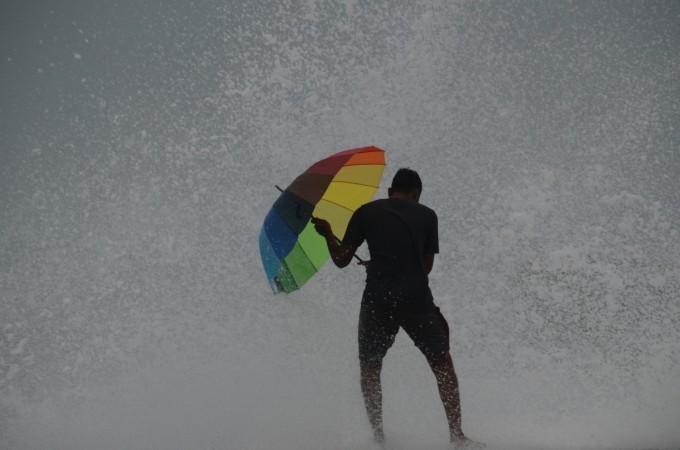
A second arm of Cyclone Vardah may strike Tamil Nadu, Laxman Singh, the former director general of the Indian Meteorological Department (IMD), warned on Monday. The second arm of the cyclone is usually more destructive than the first.
Sunshine, clear sky and no rains following the cyclonic storm do not indicate that it has passed, Singh told the Press Trust of India (PTI). People usually think that the cyclone has passed once the first arm hits the coast, resulting in strong winds and torrential rainfall. But when it makes landfall, the first arm hits the coast, followed by the eye and the second arm.
"When the eye, which is the centre of the cyclone, makes landfall, it is devoid of any cloud, gusty winds and has sunshine. People tend to think that cyclone has passed away. But the second arm of the cyclone is usually more destructive, bringing more rains and gusty winds. The storm surge is higher during this period," Rathore, who served as director general of the IMD during Cyclone Phailin and Hudhud, said, adding that citizens must exercise caution during the second phase.
Cyclone Vardah hit Tamil Nadu and Andhra Pradesh on Monday afternoon, claiming the lives of at least 10 people, and causing severe damage to property. Thousands of people were evacuated. The cyclone has now weakened and is expected to reach Karnataka on Tuesday, as the state witnessed heavy rainfall since Monday evening.














